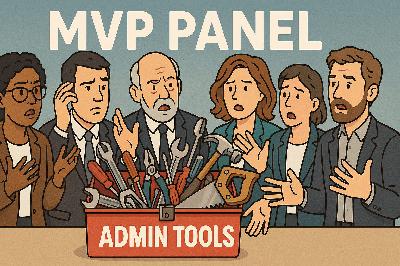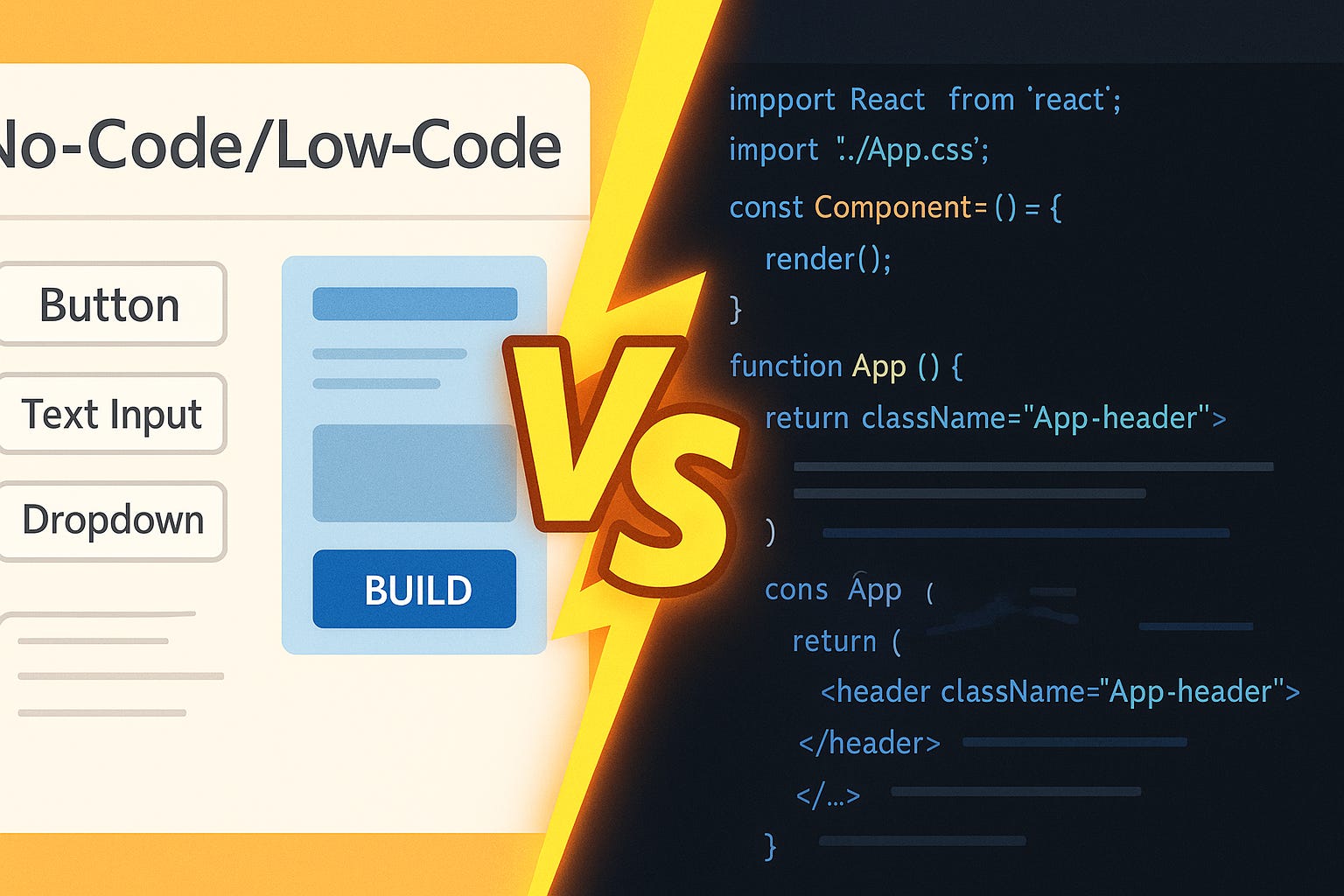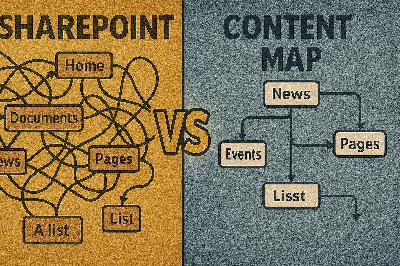The Info Architect’s Guide to Surviving Purview
Description
Here’s the disaster nobody tells new admins: one bad Purview retention setting can chew through your storage like Pac-Man on Red Bull. Subscribe to the M365.Show newsletter at m365 dot show so you don’t miss the next rename-ocalypse.
We’ll cover what Purview actually does, the retention trap, the IA guardrails to prevent disaster, and a simple pilot plan you can run this month. Reversing a bad retention setting often takes time and admin effort — check Microsoft’s docs and always test in a pilot before trust-falling your tenant into production.
The good news: with a solid information architecture, Purview isn’t the enemy. It can actually become one of your strongest tools. So, before we talk guardrails, let’s start with the obvious question — what even is Purview?
What Even Is Purview?
Microsoft has a habit of tossing out new product names like it’s a side hustle, and the latest one lighting up eye-roll meters is Purview. A lot of information architects hear the word, decide it sounds like an IT-only problem, and quietly step out of the conversation. That’s a mistake. Ignoring Purview is like ignoring the safety inspector while you’re still building the house. You might think nothing’s wrong yet, but eventually they show up with a clipboard, and suddenly that “dream home” doesn’t meet code. Purview functions as the compliance and governance layer that helps enforce retention, classification, and other lifecycle controls across Microsoft 365 — in practice it acts like your tenant’s compliance inspector.
Let’s break Microsoft’s jargon into plain English. Purview is the set of tools Microsoft gives us for compliance and content governance across the tenant. Depending on licensing, it usually covers retention, classification, sensitivity labels, access control, eDiscovery, and data lifecycle. If it’s sitting inside Microsoft 365 — files, Outlook mailboxes, Teams chats, SharePoint sites, even meeting recordings — Purview commonly has a say in how long it sticks around, how it’s classified, and when it should disappear. You can picture it as the landlord with the clipboard. But here’s the catch: the rules it enforces depend heavily on the structure you’ve set up. If information architecture is sloppy, Purview enforces chaos. If IA is solid, Purview enforces order.
This is where a lot of architects get tripped up. It’s tempting to think Purview is “IT turf” and not really part of your world. But Purview reaches directly into your content stores whether you like it or not. Retention policies don’t distinguish between a contract worth millions and a leftover lunch flyer. If you haven’t provided metadata and categorization, Purview treats them the same. And when that happens, your intranet stops feeling like a library and starts feeling like a haunted house — doors welded shut, content blocked off, users banging on IT’s door because “the file is broken.”
And remember, Purview doesn’t view your content with the same care you do. It doesn’t naturally recognize your taxonomy until you encode it in ways the system can read. Purview’s strength is enforcement: compliance, retention, and risk reduction. It’s not here to applaud your architecture; it’s here to apply rules without nuance. Think of it like a city building regulator. They don’t care if your house has a brilliant design — they care if you left out the fire exit. And when your IA isn’t strong, the “fines” aren’t literal dollars, but wasted storage, broken workflows, and frustrated end users who can’t reach their data.
That’s why the partnership between IA and Purview matters. Without metadata, content types, and logical structures in place, Purview defaults into overkill mode. Its scans feel like a spam filter set to “paranoid.” It keeps far too much, flags irrelevant content, and generates compliance reports dense enough to melt your brain. But when your IA work is dialed in, Purview has the roadmap it needs to act smarter. It can retain only sensitive or regulated information, sweep out junk, and keep collaboration running without adding friction.
There’s another wrinkle here: Copilot. If your organization wants to roll it out, Purview instantly becomes non-negotiable. Copilot feeds from Microsoft Search. Search quality depends on your IA. And Purview layers governance on that same foundation. If the structure is weak, Copilot turns into a chaos machine, surfacing garbage or the wrong sensitive info. Purview, meanwhile, swings from being a precision scalpel to a blunt-force hammer. Translation: those shiny AI demos you promised the execs collapse when retention locks half of your data in digital amber.
The real bottom line is this: Purview is not some bolt-on compliance toy for auditors. It’s built into the bones of your tenant. Pretending it’s someone else’s problem is like pretending you don’t need brakes because only other people drive the car. If you’re an architect, it’s your concern too. Get the structure right, and Purview enforces it in your favor. Get it wrong, and you’ll be fielding angry tickets while your storage costs quietly double.
Which brings us to the most dangerous button in Purview: retention.
The Retention Policy Trap
The first thing that pulls people in with Purview is that shiny option called “Retention Policy.” It sounds helpful, even protective — like you’re about to shield your data, keep the auditors off your back, and win IT citizenship of the month. But here’s the trap: applied without a plan, it can wreck user experience and bury your tenant in problems faster than you can open a ticket.
Here’s the blunt version of how it works. Retention can be broad, or it can be precise. In the admin center you’ll see policies that apply at scale — things like entire Exchange mailboxes, OneDrive accounts, or Teams chats. You’ll also see labels that can be applied manually or automatically on libraries, folders, or individual files. The official marketing spin: “It sets rules for how long files stay and whether they’re deleted or kept.” The real world: if you misconfigure it, it’s like deciding to freeze your entire grocery store because you didn’t want the milk to spoil. Sure, things are technically preserved, but they’re also unusable.
And retention doesn’t stop to ask questions. It doesn’t know the difference between a contract that runs your business or a disposable screenshot of yesterday’s lunch menu. Once you apply a rule, anything in scope gets frozen under that same setting. Meeting notes? Locked. Project files mid-edit? Locked. Teams threads that someone desperately needs to clean up? Locked as well. From the user side, it feels like the system is malfunctioning: “I can’t delete this.” “Why did this document get stuck?” The system isn’t broken, you just hard-coded compliance cement across their workflow.
That fallout is where support calls start piling up. And unwinding it isn’t as easy as hitting undo. You’ll want to think carefully before enforcing retention across wide swaths of the tenant. The smarter path is prep work:
First, map where content actually lives. Second, add metadata and content types to critical libraries so you’ve got meaningful ways to target things later. Third, pilot your retention policies in a small, low-risk scope before you go broad. Those three steps alone save you from an avalanche of “the file is broken” tickets.
Now let’s talk about why rollback gets admins swearing. Once retention is set, reversing it is not like flipping permissions or unsharing a file. It can take reprocessing time, it might require re-indexing, and sometimes support has to step in. A safer plan: before you roll out a policy, write down a record of what you’re about to change — who owns that mailbox, what site collections are impacted, what type of content sits inside. Have a tested rollback path. Run your pilot. And know what resources you’ll need if you have to backtrack. That way, when a VP shouts that their project files are locked, you’ve got a ripcord and not just panic.
As for those so-called “immutable” label settings, think of them as permanent tattoos. Some retention settings, once made, can’t simply be rolled back. Microsoft’s own docs advise treating them as effectively permanent — so always test in a contained spot before turning them on. If you’re not sure which ones can be reversed, check the docs and test, because there is no magic delete key for compliance labels once they’ve cemented content.
Then there’s the hidden cost people don’t talk about: storage. Retention doesn’t just prevent deletion. It makes the system hoard files in the background even if the user tries to delete them. Suddenly you’ve got SharePoint sites jammed with preserved copies, OneDrive full of zombie documents, and Teams chat histories stretching back years because nobody told the system to cut them loose. Think of it like renting a storage unit — everything users try to throw out secretly ends up there. The bill shows up later, and finance wants answers. The better move: measure storage impact during your pilot. If growth spikes, fix your scope and labeling before expanding.
The main point here isn’t “don’t use retention.” You will need it. Compliance, regulations, and eventual audits guarantee that. The key is to line it up with your information architecture so policies attach to categories and content types — not random guesswork across your environment. Strong IA is the difference between retention holding what matters and retention freezing everything in sight.
Bad retention habits mean bloated storage, frustrated users, and needless chaos. Smart retention guided by IA means you satisfy compliance without strangling day-to-day collaboration.
And that leads us directly into the next problem: Purview has no built-in “understanding” of your data. It only enforces what it c






















